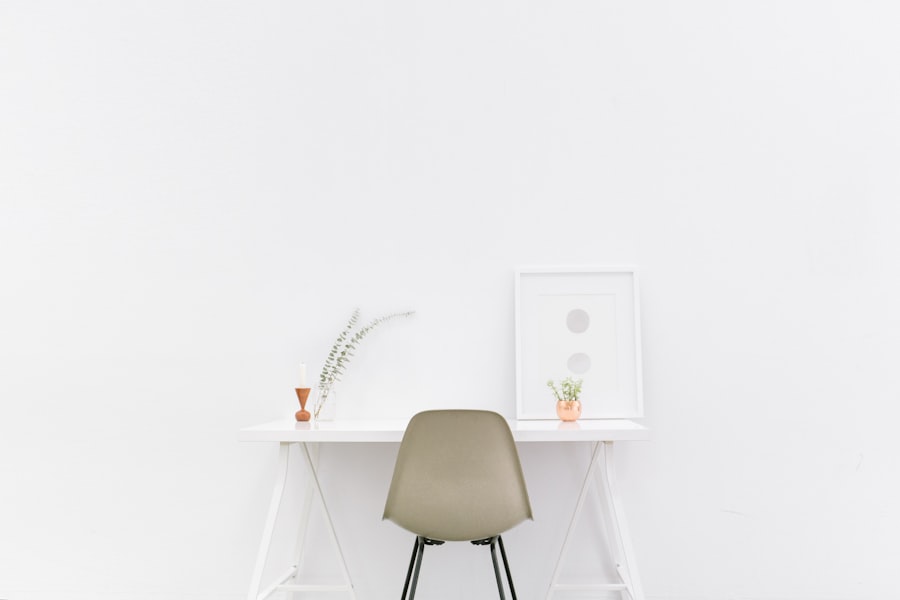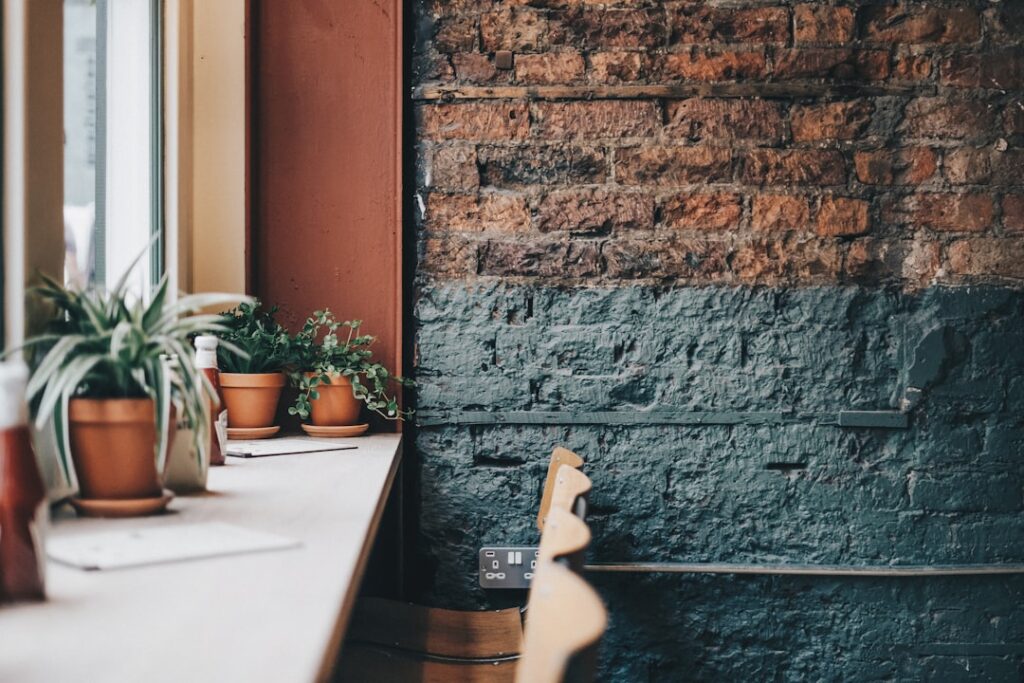Contemporary interior design is a dynamic and ever-evolving style that reflects the current trends and cultural influences of the time. Unlike traditional design styles that are often rooted in historical precedents, contemporary design is characterized by its fluidity and adaptability. It draws inspiration from various sources, including art, architecture, and technology, making it a versatile choice for modern living spaces.
The essence of contemporary design lies in its ability to embrace change, allowing for a unique expression of personal taste while remaining relevant to the current era. At its core, contemporary interior design emphasizes simplicity and functionality. It often features clean lines, open spaces, and a minimalist approach that prioritizes the essentials.
This style is not confined to a specific aesthetic; rather, it incorporates elements from various design movements, such as mid-century modern, industrial, and even Scandinavian influences. As a result, contemporary interiors can range from sleek and polished to warm and inviting, depending on the preferences of the homeowner. The focus on creating a harmonious environment that promotes comfort and well-being is a hallmark of contemporary design.
Key Takeaways
- Contemporary interior design focuses on clean lines, minimalism, and functionality
- Key elements include open floor plans, natural light, and a mix of materials like glass, metal, and wood
- Color palettes are often neutral with pops of bold color, and materials include sustainable options like bamboo and recycled glass
- Furniture and decor should be sleek and simple, with a focus on comfort and functionality
- Technology can be incorporated through smart home systems, energy-efficient appliances, and innovative lighting solutions
Key Elements of Contemporary Interior Design
Open Floor Plans for a Seamless Flow
Walls are often minimized or eliminated to create a seamless flow between living, dining, and kitchen spaces. This layout not only enhances the visual appeal but also promotes social interaction, making it ideal for modern lifestyles where entertaining and family gatherings are common.
Natural Light: A Key Element
Another key element is the use of natural light. Large windows, skylights, and glass doors are frequently incorporated into contemporary designs to maximize daylight and create an airy atmosphere.
Blurring the Boundaries Between Indoors and Outdoors
This connection to the outdoors is essential in contemporary interiors, as it blurs the boundaries between indoor and outdoor spaces. The strategic placement of windows not only enhances the aesthetic appeal but also contributes to energy efficiency by reducing the need for artificial lighting during the day.
Color Palette and Materials in Contemporary Interior Design

The color palette in contemporary interior design is typically characterized by neutral tones, with an emphasis on whites, grays, and beiges. These colors serve as a backdrop that allows other design elements to shine. However, contemporary design is not limited to muted shades; bold accent colors can be introduced through accessories, artwork, or furniture pieces to create visual interest and personality within the space.
The careful balance between neutral and vibrant hues is crucial in achieving a cohesive look that feels both modern and inviting. Materials play a significant role in defining the contemporary aesthetic. A mix of textures is often employed to add depth and dimension to the space.
Common materials include glass, metal, wood, and stone, each contributing to the overall design narrative. For instance, polished concrete floors can provide an industrial edge while warm wooden accents can soften the look and add warmth. The combination of these materials not only enhances the visual appeal but also reflects a commitment to quality craftsmanship and durability.
Furniture and Decor in Contemporary Interior Design
Furniture selection in contemporary interior design is guided by principles of simplicity and functionality. Pieces are often characterized by clean lines and geometric shapes, avoiding excessive ornamentation. Sofas with low profiles, sleek coffee tables, and minimalist dining sets are common choices that embody this aesthetic.
The focus is on creating a cohesive look that emphasizes comfort without sacrificing style. Multi-functional furniture is also popular in contemporary spaces, catering to the needs of modern living where versatility is key. Decorative elements in contemporary interiors are carefully curated to enhance the overall design without overwhelming the space.
Artwork plays a pivotal role in adding personality and character; large-scale pieces or bold sculptures can serve as focal points that draw the eye. Accessories such as cushions, rugs, and lighting fixtures are chosen for their ability to complement the overall color scheme and material palette. The goal is to create an environment that feels thoughtfully designed yet effortlessly lived in.
Incorporating Technology in Contemporary Interior Design
In today’s digital age, technology has become an integral part of contemporary interior design. Smart home systems are increasingly being integrated into residential spaces, allowing homeowners to control lighting, temperature, security, and entertainment systems with ease. This seamless integration of technology enhances convenience while maintaining the aesthetic integrity of the space.
For instance, hidden speakers or built-in lighting systems can provide functionality without detracting from the clean lines characteristic of contemporary design. Moreover, technology extends beyond automation; it also influences material choices and furniture design. Innovative materials such as smart glass can change opacity with a touch of a button, providing privacy while allowing natural light to filter through.
Furniture pieces may incorporate charging stations or wireless connectivity features, catering to the needs of tech-savvy homeowners. This fusion of technology with design not only enhances the functionality of living spaces but also reflects a forward-thinking approach that aligns with contemporary lifestyles.
Creating a Sense of Space in Contemporary Interior Design

Creating a sense of space is paramount in contemporary interior design, where open layouts are favored for their ability to foster connection and flow. To achieve this effect, designers often employ strategic zoning techniques that delineate different areas within an open floor plan without resorting to physical barriers. Area rugs can define living spaces while furniture arrangements can guide movement throughout the room.
This thoughtful approach ensures that each area serves its purpose while maintaining an overall sense of cohesion. In addition to layout considerations, the use of vertical space plays a crucial role in enhancing the perception of openness. High ceilings can be accentuated with tall bookshelves or vertical artwork that draws the eye upward, creating an illusion of greater height.
Mirrors are another effective tool for expanding visual space; strategically placed mirrors can reflect light and create depth within a room. By manipulating both horizontal and vertical dimensions, contemporary interior design can transform even smaller spaces into airy retreats.
Sustainability and Eco-Friendly Practices in Contemporary Interior Design
As awareness of environmental issues continues to grow, sustainability has become an essential consideration in contemporary interior design. Designers are increasingly prioritizing eco-friendly materials and practices that minimize environmental impact while promoting health and well-being within living spaces. This includes sourcing sustainable materials such as reclaimed wood, bamboo, or recycled metal for furniture and decor items.
These choices not only reduce waste but also contribute to a unique aesthetic that tells a story. Incorporating energy-efficient appliances and fixtures is another way to embrace sustainability in contemporary interiors. LED lighting, low-flow plumbing fixtures, and energy-efficient heating and cooling systems can significantly reduce energy consumption while enhancing comfort.
Additionally, biophilic design principles—such as integrating plants into interior spaces—can improve air quality and create a calming atmosphere. By embracing these eco-friendly practices, contemporary interior design not only meets aesthetic goals but also aligns with a broader commitment to environmental stewardship.
Tips for Achieving a Contemporary Interior Design Aesthetic
To achieve a contemporary interior design aesthetic, start by embracing simplicity in your choices. Opt for furniture pieces with clean lines and minimal ornamentation that reflect modern sensibilities. When selecting colors, consider a neutral base complemented by bold accents that add personality without overwhelming the space.
This balance will create an inviting atmosphere while maintaining a sophisticated edge. Incorporate technology thoughtfully into your design scheme by choosing smart home solutions that enhance convenience without compromising aesthetics. Look for innovative materials that align with contemporary principles while offering functionality—such as furniture with built-in charging capabilities or lighting systems that can be controlled remotely.
Finally, pay attention to spatial dynamics by utilizing open layouts that promote flow between different areas of your home. Use zoning techniques like area rugs or furniture arrangements to define spaces while maintaining an overall sense of cohesion. By following these tips and remaining true to the principles of contemporary design—simplicity, functionality, and adaptability—you can create a living environment that reflects your personal style while embracing modern trends.
If you are looking to create a modern and functional workspace, consider incorporating height-adjustable desks. These desks offer flexibility and ergonomic benefits, allowing employees to easily switch between sitting and standing throughout the day. For more information on how to design a contemporary office space, check out this article on modern executive desks here.
FAQs
What is modern interior design?
Modern interior design refers to a style that emerged in the early 20th century and is characterized by clean, sleek lines, a simple color palette, and a focus on function and form. It often incorporates elements of minimalism and industrial design.
What are the key features of modern interior design?
Key features of modern interior design include open floor plans, large windows to let in natural light, and a mix of materials such as glass, metal, and concrete. Furniture and decor are often sleek and unadorned, with an emphasis on geometric shapes and a lack of clutter.
How does modern interior design differ from contemporary interior design?
While modern interior design refers to a specific style that emerged in the early 20th century, contemporary interior design refers to the current design trends and styles. Contemporary design may incorporate elements of modern design, but it also includes influences from other styles and periods.
What are some popular color schemes in modern interior design?
Popular color schemes in modern interior design include neutral colors such as white, black, and gray, as well as bold accent colors like red, blue, or yellow. Monochromatic color schemes are also common, with a focus on creating a sense of calm and simplicity.
What are some common materials used in modern interior design?
Common materials used in modern interior design include glass, metal, concrete, and wood. These materials are often used in their natural state or with minimal embellishment to create a clean and minimalist look. Additionally, modern design often incorporates sustainable and eco-friendly materials.


